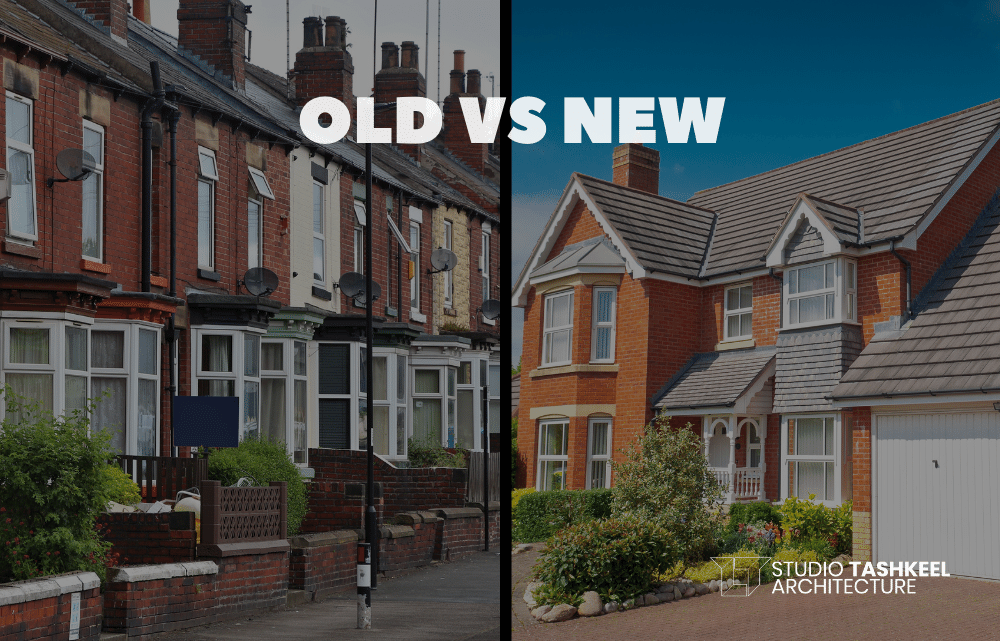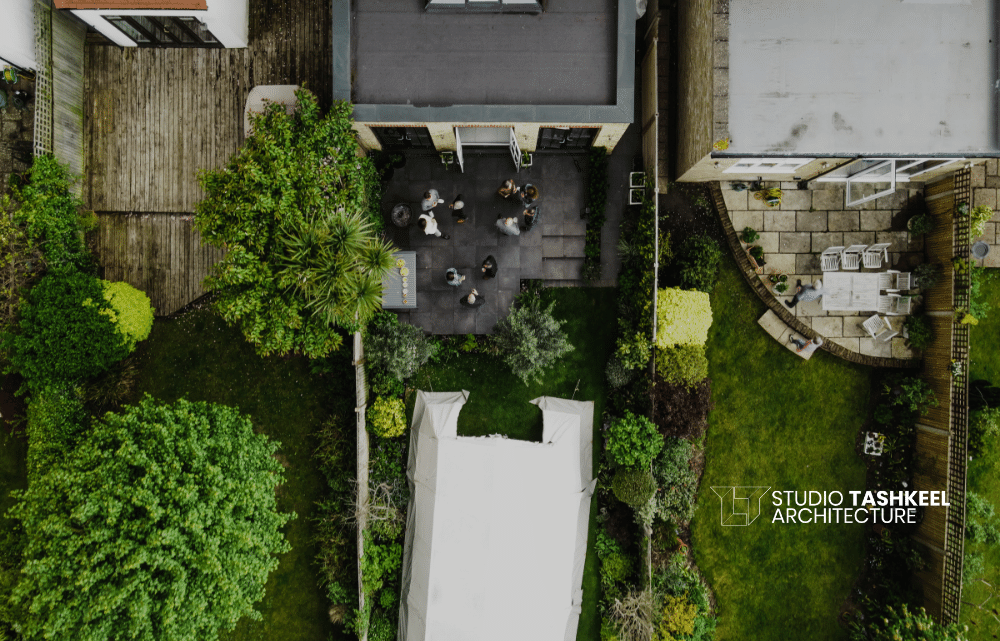Granny Annexe in the garden – does it need planning permission
With the ever increasing property prices and adults not leaving home, it is no secret that life gets expensive day by day. On top of that, eldercare and the average price of care homes skyrocketing yearly can make financial planning more challenging.
In recent years, this has contributed to an increase of “granny” annexes in the UK as the best suited option for elders. Nonetheless, before you jump into making plans to modify your garden to build grandma a home, we need to first consider a few things like tax, costs, and planning permissions.
What is a Granny Annexe?
For starters, an annexe, by definition, is basically a self-contained area joined to or part of a much larger building or family home. It serves as extra living space aside from the main house and may or may not have separate external entrances.
As I mentioned above, this is a great option to accommodate ageing parents, (returning) children, visiting relatives or extended family. It offers a degree of independence and privacy to its tenants while still living all within reach.
Garden homes are small dwelling places usually designed for one or two people, they can be attached to the main house or detached. In the building industry, these are also known as in-law apartments, granny pods, and bonus units, among other names.
Planning Permission Granny Flat – What Is It?
Granny flats are small homes built on a property that already has a main house. They’re often used by elderly people who need extra space for themselves, or by couples who want to live closer to family members.
A granny flat is a separate home built onto an existing property. It’s usually attached to the main house via a shared driveway and garden area.
A granny flat is a separate building attached to a home. The term “granny flat” comes from the fact that many older women lived in them while raising children. Today, granny flats are usually built for couples who want to live close to family members, such as parents or grandparents.
As you can see from both definitions ‘Granny flat‘ and ‘Granny annexe‘ is often used to best describe the same type of property.
What to Expect from a Granny Flat
There are granny flats to suit every style and budget. Most granny annexes are small versions of full-size units. You can find a toilet, kitchen and other facilities such as state of the art monitoring devices so that grandma can be checked periodically.
Can I build a Granny Flat?
There are several things that you need to consider before you try to move forward. Those can include:
- Zoning laws
- Building restrictions
- Municipal laws
- Location in the UK
Amongst other regulations.
Often, homeowners looking to shave a significant amount off their budget directly ignore the regulations and go for the option of converting a garage or any other existing structure. In reality, this might seem like a much easier and cheaper solution rather than building something new.
However, in some localities, this can be completely unfeasible for certain properties.
Do I need Planning Permission for a Granny Annexe in the garden? What does the law say?
Short answer, Yes.
You will need planning permission to build a dwelling place in your garden. If your plan is to build a structure to live and sleep in, regardless of the size and shape, you must apply for planning permission and meet the regulations. Especially if you are converting a detached garage.
Here at Studio Tashkeel we always like to recommend that you check with a professional or your local authority to make sure your granny annexe plans need planning permission.
Here’s why.
A granny annexe is understood to be an outbuilding in many cases, which means this is considered as being incidental to the property (as part of the house). This is where you need to watch out, as this will determine whether your annexe will require permission or not.
If the annexe falls under the category of ‘incidental’, considered as another room of the house then you might build under permitted development rights. As you know, this means, you won’t need to obtain permission for the building. Of course, you still need to follow the rules pertaining to outbuildings.
Now… in the case your annexe is considered a separated dwelling, you will need permission.
How to build it legally?
After reading this you might be wondering if there is a way around it. They say “if there’s a will, there’s a way” In short yes, you can get granny a nice cosy little dwelling unit while still following the rules and regulations. However, I always recommend getting a lawful development certificate.
Alternatively, you can transform your existing garage into a living space. This is not considered development. Just make sure your property is not listed.
So to wrap it up and make things simple for you, yes, you can build a ‘granny annexe’. You would require planning permission if the property includes facilities such as bathrooms, kitchen, bedroom, etc.. unless you have an outbuilding available to convert. That would be just a change of use request.
Before I go, in case you need any help you can always contact us. Our team of professionals can revise your extension plans before things get complicated. We would be more than happy to guide you every step of the way. Your peace of mind is our satisfaction.




